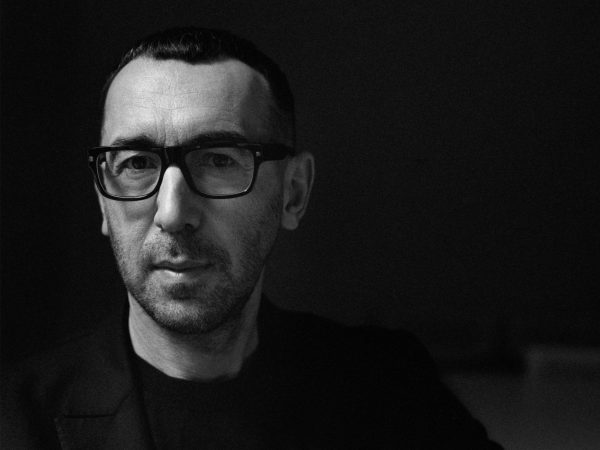Using upcycled fabrics and eco-friendly dyes, Alessandro Sartori brings sustainability to the upscale market.
The immense rusty industrial shell of the Area Flack iron mill, one of Italy’s oldest steel companies, served as artistic director Alessandro Sartori’s muse as well as the medium for Ermenegildo Zegna’s XXX Spring 2020 show. The site, located in Sesto San Giovanni, which, for a long period, served as one of Italy’s main sources of economic capital post-World War II, has decayed into a metropolitan wasteland. The area will soon undergo massive regenerations, transformed into a hub for health, science, and housing in an effort to integrate it into the city’s metropolitan fabric. The optimistic notion of repurposing existing resources and materials to piece together a new narrative was reflected throughout the 48-look collection.
“It is our duty as denizens of this world to live responsibly; I want to do it using the creative means I have at my disposal,” Sartori stated. “We do not need to create the new from scratch, but we can reuse and reinvent the existing.” As such, suits were crafted from the Zegna house’s existing nylon and wool waste archive, with at least 20 percent of the products being made from these upcycled resources. With this collection, the designer proved sustainability does not mean the sacrifice of luxury quality. A suit was made entirely from the wool remnants from the house’s Achill farm, denim looks were washed in mineral dyes, and a few looks featured flattened crinkles that may even hint to a new trend.
With this reintroduction of the Zegna man, the designer also presented updated versions of his silhouettes. Boxy blousons, oversized parkas, voluminous coats, and triple buttoned blazers replaced the average suit and tie menswear profile. “It’s a transformation of tailoring to create a new concept which is your average suit in different shapes, like shirts and blousons worn instead of a jacket: pairing compositions of different elements creating monochromatic silhouettes where the two elements are different than normal with new shapes,” Sartori explained. The collection’s palette mimicked the site’s towering structure, ranging from rusty orange tones to khakis and greys or patchworks and prints of broken stripes, hinting at the site’s rusty sky high metal skeleton.
























































